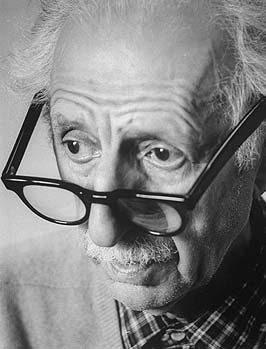Dance Photographer
Gjon Mili
The engineer and self-taught photographer. One of the photographers who shaped dance for camera as we know it today.
Gjon Mili - b 1904 - d 1984
“Time could truly be made to stand still. Texture could be retained despite sudden violent movement.”
This is the person you need to know in dance or motion photography.
Gjon Mili came long before Lois Greefield who herself spawned any number of copiers of technique.
Gjon Mili started it. He was the first photographer to photograph using electronic flash and stroboscopic light for dance, for sports and for theater. His photographic work really starts in the late 1930s with the greats of dance the the great dance movements, as well as sports. His figure photographs led directly to the captured-in-air photographs imitated by so many photographers around the world today.
If you know anything about dance photography you should know who was directly responsible for much, arguably even most, of the way we view dance photograpy today.
In 1923 Gjon Mili (about 19) came to this country from Albania to attend MIT where he and grad student Harold Edgerton got together. Edgerton developed and refined the strobe (he did not invent it). Edgerton was also one of our "Regional boys" being from Aurora, Nebraska where they have a small museum for him.
In the mid 1930's Edgerton traveled across the U.S. with his strobe equipment and his family. The equipment was in the trunk of the car and Edgerton was a missionary for the electronic flash. Mili, in 1939 became a photographer for LIFE magazine. His photos of sporting events, of dancers and other performers transformed photography and motion forever.
Mili spent more than four decades working for LIFE.
"Gjon Mili is the one photographer who has formed our contemporary visual understanding of movement, both in the direct example of his pictures and in the influence his work has had on all action photographers who have come after him."
"His book Photographs and Recollections is a summary of his fifty years of work in photography."
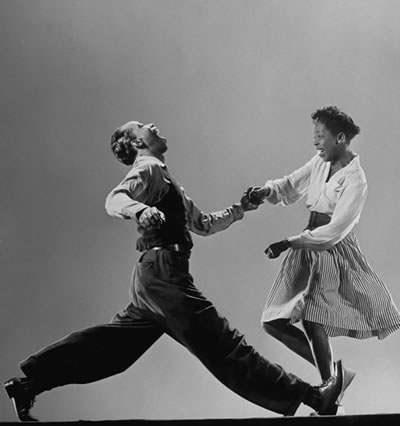
Leon James and Willa Mae Ricker - Lindy Hop.
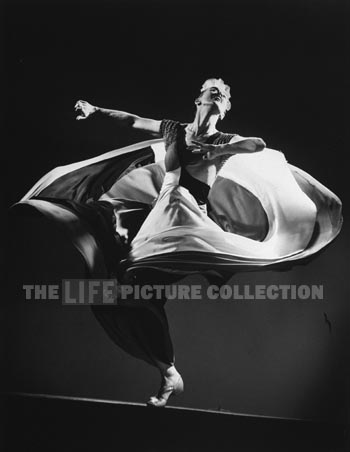
Martha Graham, 1941
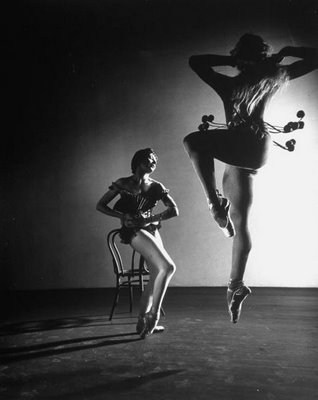
Paris Ballet 1949
Skaters in the Air
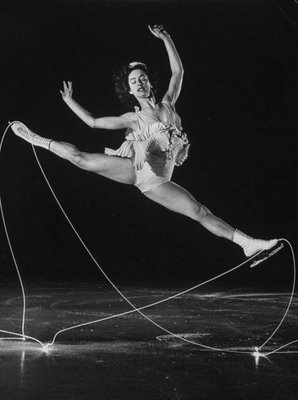
Figure skater Carol Lynne's movements are charted by flashlights imbedded in each boot while stroboscopic light "stops" her in mid-leap.
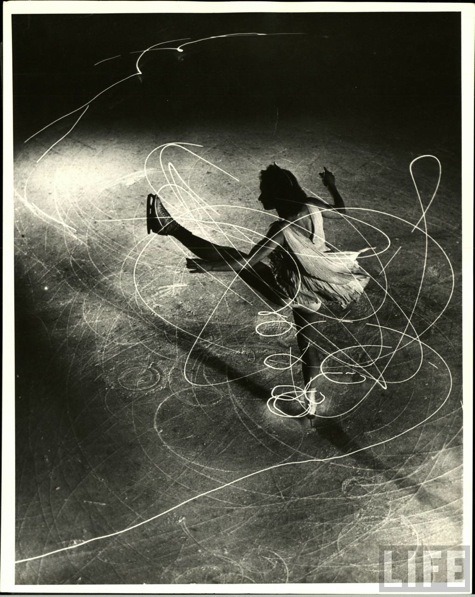
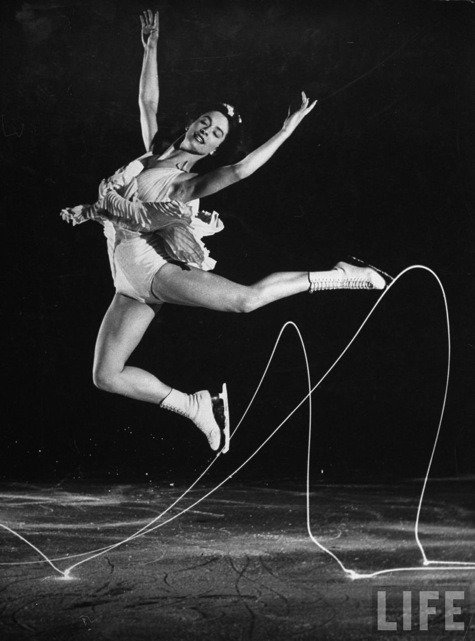
Pablo Picasso
When Mili visited Picasso in 1949 he showed Picasso some of these photographs. That led Picasso to create his light drawings with a small flashlight in a dark room. The images would be preserved by the camera only, no canvas.
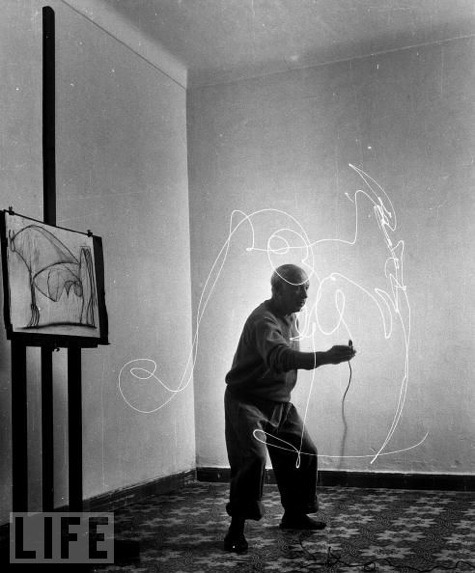
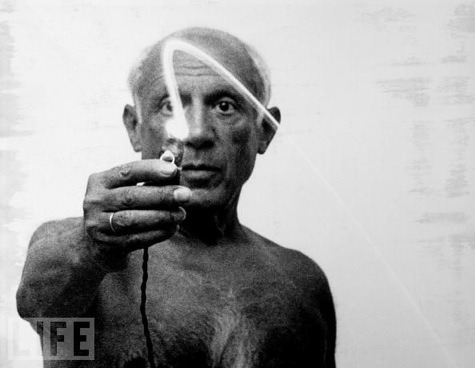
Mili would open the lens of his camera in a dark room while Picasso used the flashlight like a charcoal or brush. In the dark room only the flashlight would be recorded on the film, at first. Once the light drawing was "done" Mili would trigger the strobes and close the lens, preserving both the light drawing and the artist behind it.
Pearl Primus
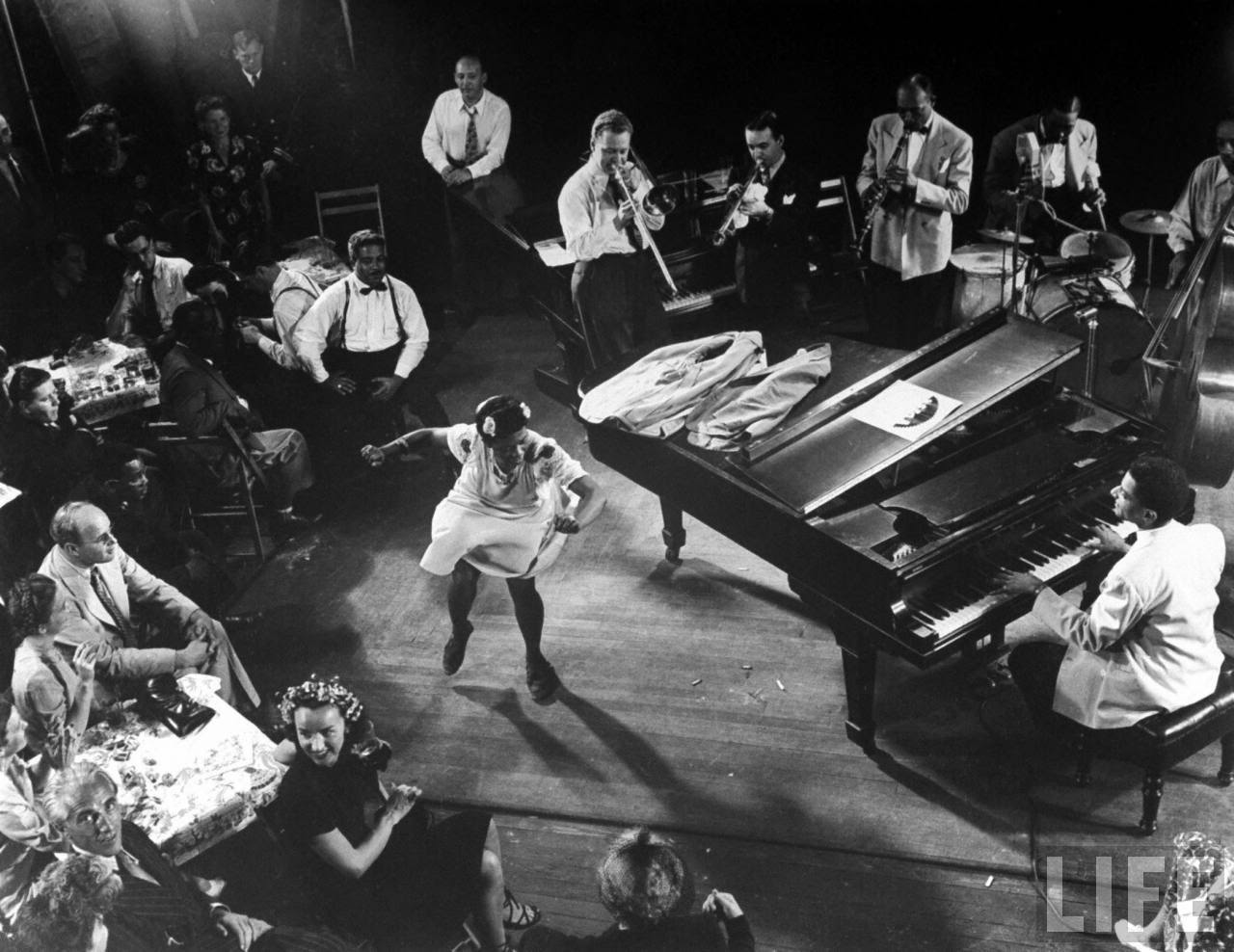
Jam Session, Pearl Primus performing to "Honeysuckle Rose" played by Teddy Wilson at piano, Lou McGarity on trombone, Bobby Hackett on trumpet, Sidney Catlett on drums & John Simons on bass during jam session at Gjon Mili's studio.
New York, NY, USA - 1943 - 1280x988 pixels
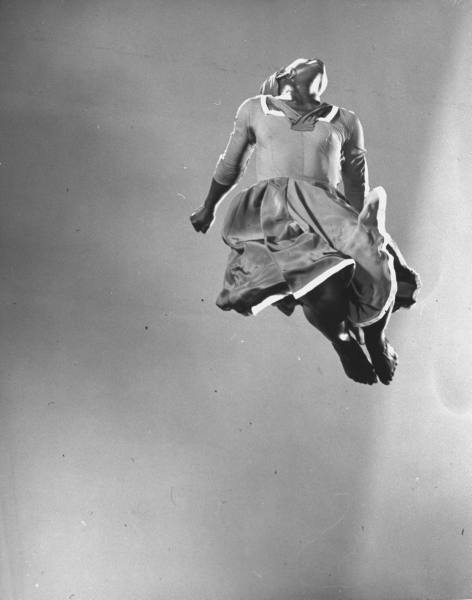
1939
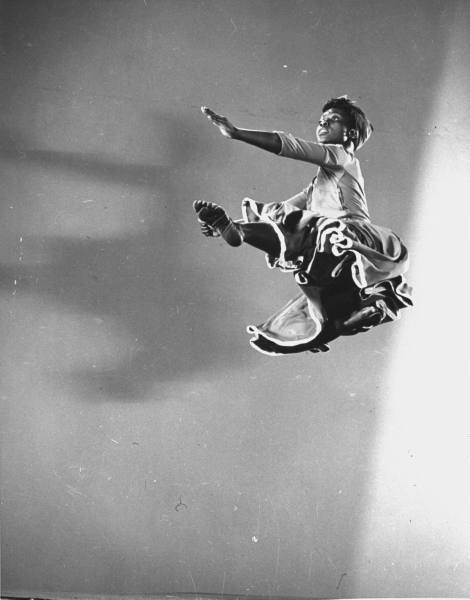
1939
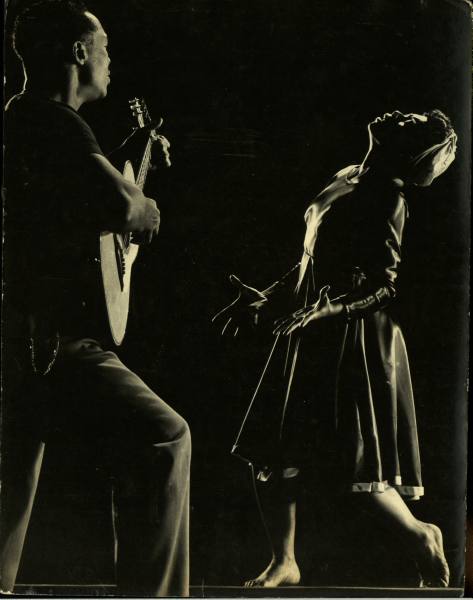
1939
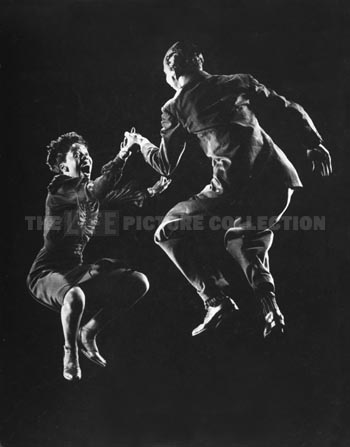
Lindy Hop - Willa Mae Ricker
and Leon James
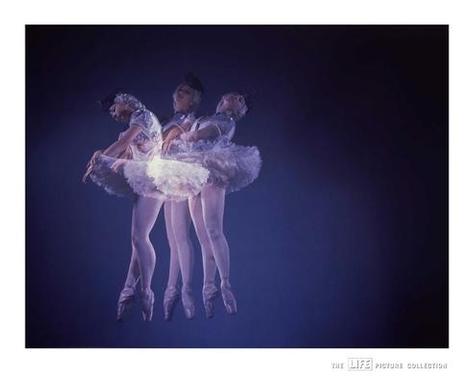
Triple Exposure of Sono Osato 1941
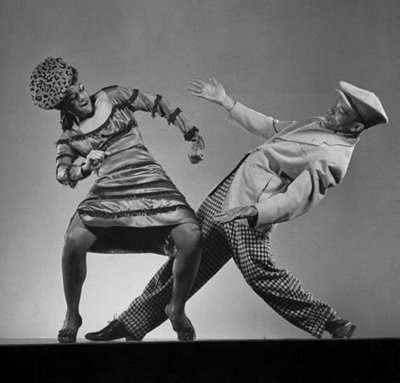
Katherine Dunham
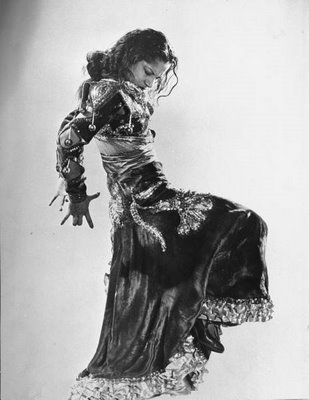
Flamenco
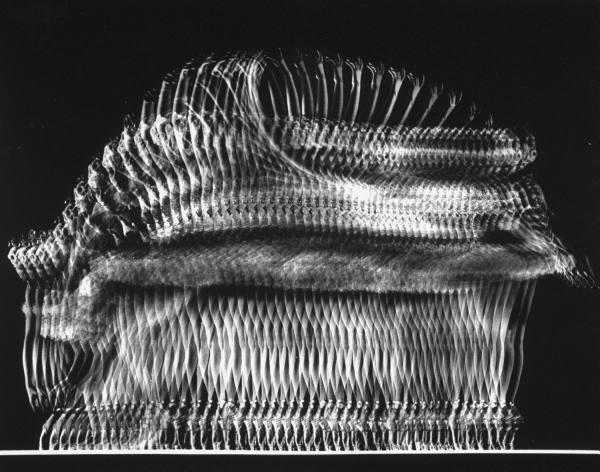
1947 strobe shot of Nora Kaye dancing on pointe
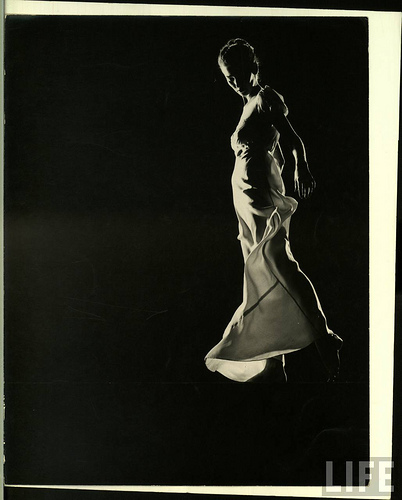
1945
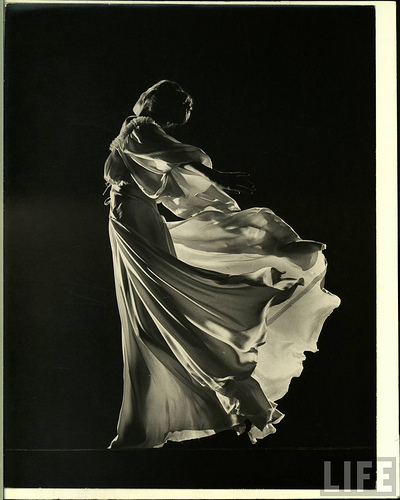
1945
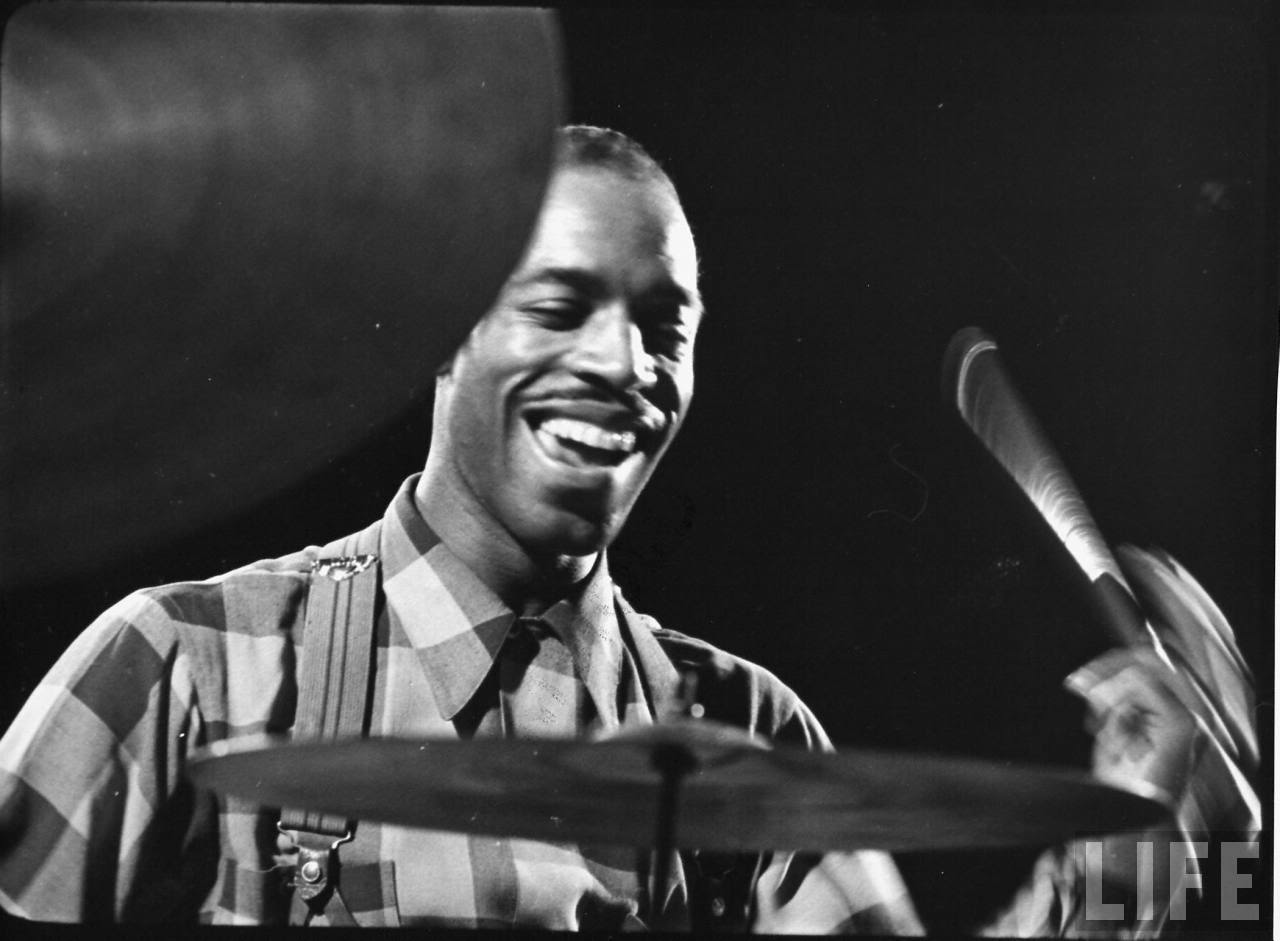
Jo Jones - For the film "Jammin' The Blues" shot and directed by Gjon Mili
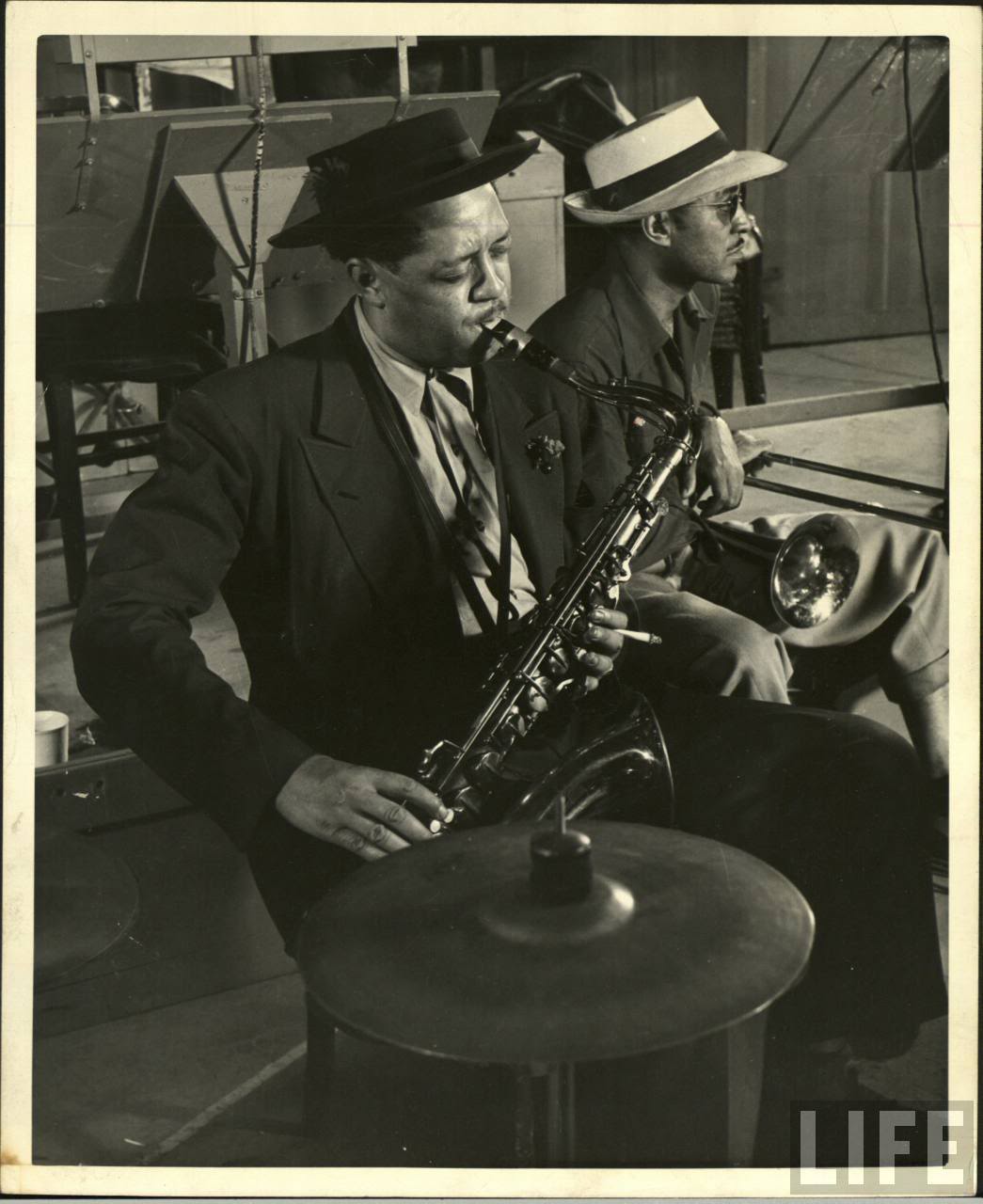
Lester Young in Mili's film "Jammin' the Blues"
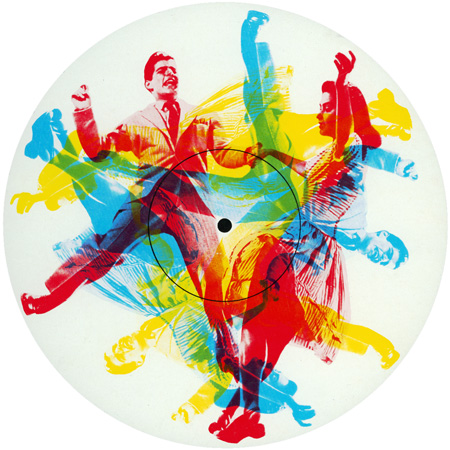
Lindy Hop Record cover - silkscreen by Mili
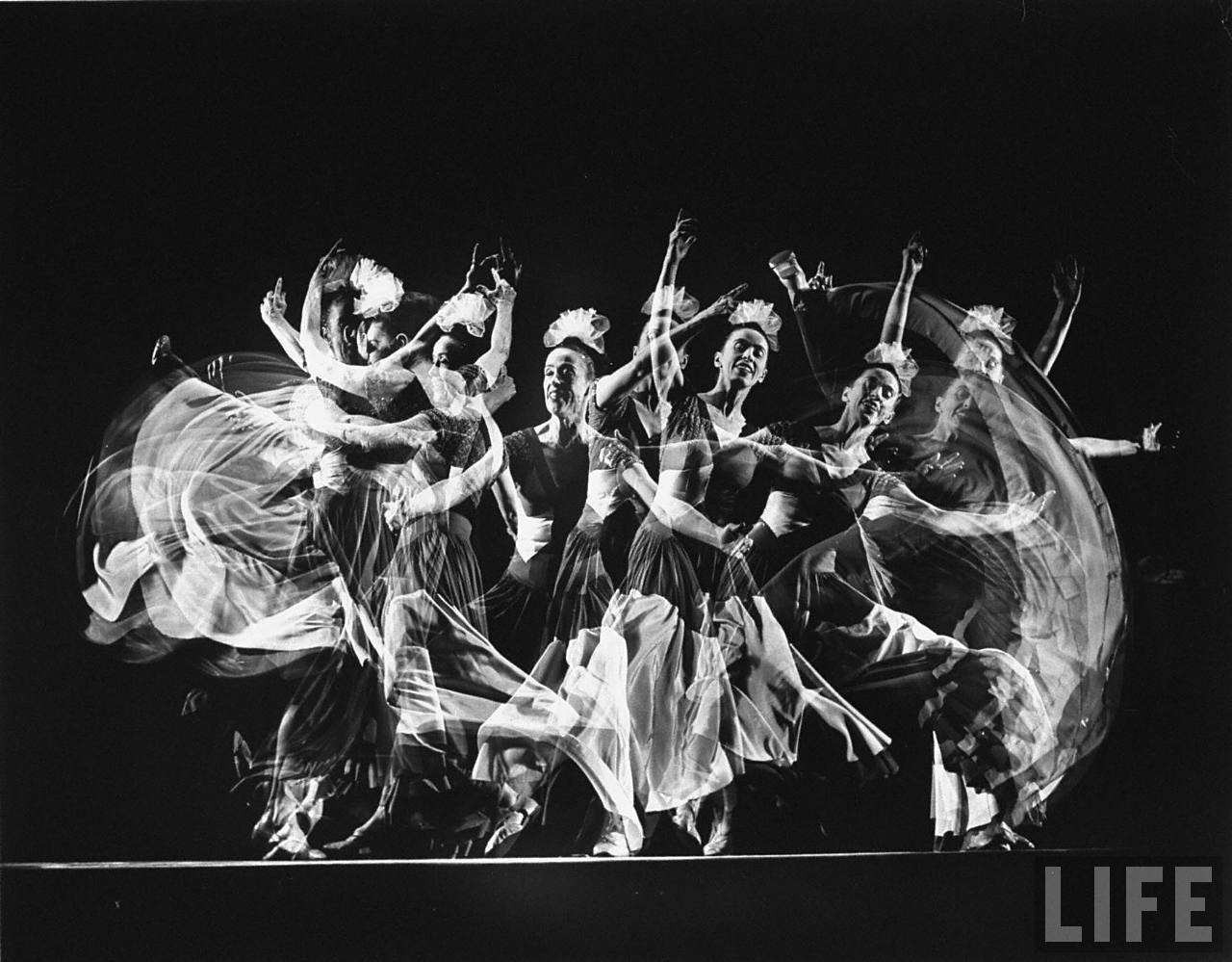
Martha Graham
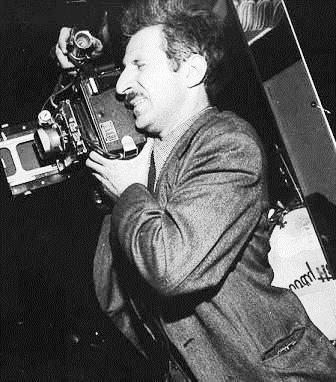
Gjon Mili working. This is a Speed Graphic with the focal-plane shutter wide open so he can use the mid-lens shutter with a special flash synch arrangement. Note the flash bracket and battery holder on top, without a flash head or flash-bulb reflector on top. That is because he is using the electric trigger on the battery holder which is connected to electronic flashes by wire.
